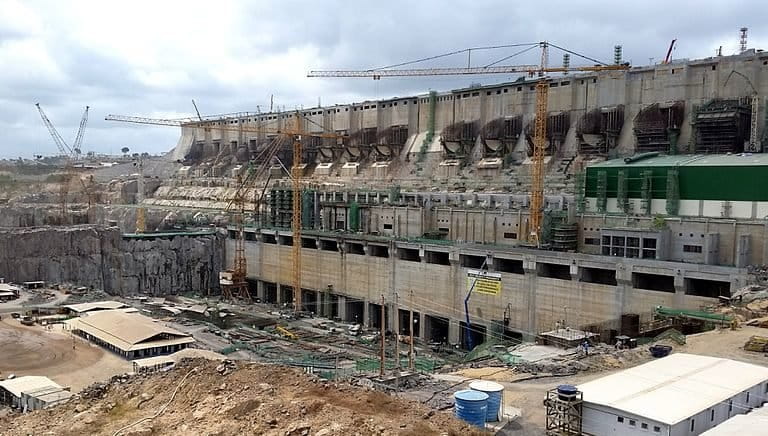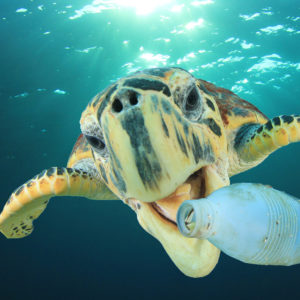By: Khulan Gantugs
March 29, 2020
 |
In recent years the fast fashion industry has had a dramatic shift to a new model of industry known as a fast fashion. In a world with an increasing concern for environment and social justice people must examine the industries that they interact with everyday, including the fast fashion. Most people buy fast fashion clothes but they do not acknowledge that it has many negative impacts on both the environment and human rights.
Fast fashion brands know what people want and they know how to satisfy the consumers with cheap priced clothes and that’s why they’ve become well-known and popular. Brands such as Zara, H&M and Forever 21 get daily deliveries of their new merchandise, and Topshop launches 400 styles a week on its website. These fast fashion brands are trying to make people feel like they are “left out” or “uncool” if they don’t follow the latest fashion trends. Even though fast fashion is cheap and trendy it has some serious negative impacts on the environment and human rights. According to the Institute of Sustainable Communication, the clothing industry is the second highest polluter of clean water. Therefore, fast fashion retailers dump toxic chemicals into the clean water. Most fast fashion retailers take advantage of less developed countries where they have a resource, cheap labour and still depend on coal power for electricity. In order to make different kinds of clothes it takes a lot of coal power and this is known as a bad-carbon footprint. Also, it requires a lot of oil to ship the clothing worldwide. As a negative impact on human rights, fast fashion brands do not pay workers a living wage. Most fast fashion clothes are made in less developed countries such as Colombia, Bangladesh and Vietnam. All of these countries' labor standards are very low and most of them are female employees. Only less than 2% of these women earn a living wage. Most female employers can’t even afford to buy the cheap, fast fashion that they are producing to send overseas.
This topic relates to our course because we often talk about how the environment is slowly getting worse by human actions. This is an example of how humans and fast fashion brands are negatively affecting the environment and carbon footprint. In class we talked about three social science principles of sustainability and this topic is connected with the third principle which is the responsibility to the future (ethics). The more we buy fast fashion clothes means that we are ignoring our responsibility for the future and hurting our environment. In my opinion, if people are shopping at a fast fashion retailer that means they are not buying clothings locally. In order to solve this problem, people need to buy less fast fashion clothes and buy and support more local clothing brands. Also, I believe people need to acknowledge themselves on how fast fashion is affecting our society and environment and educate themselves on the sustainability and ethical movements in the fashion industry.
 |
| http://www.takepart.com/article/2016/12/02/fashion-suppliers |
Citation
Donato, Jill Di. 2018. “Why Fast Fashion Is Killing the Planet and Your Ethics.” Culture Trip.
Accessed March 26, 2020.
nd-your-ethics/.














